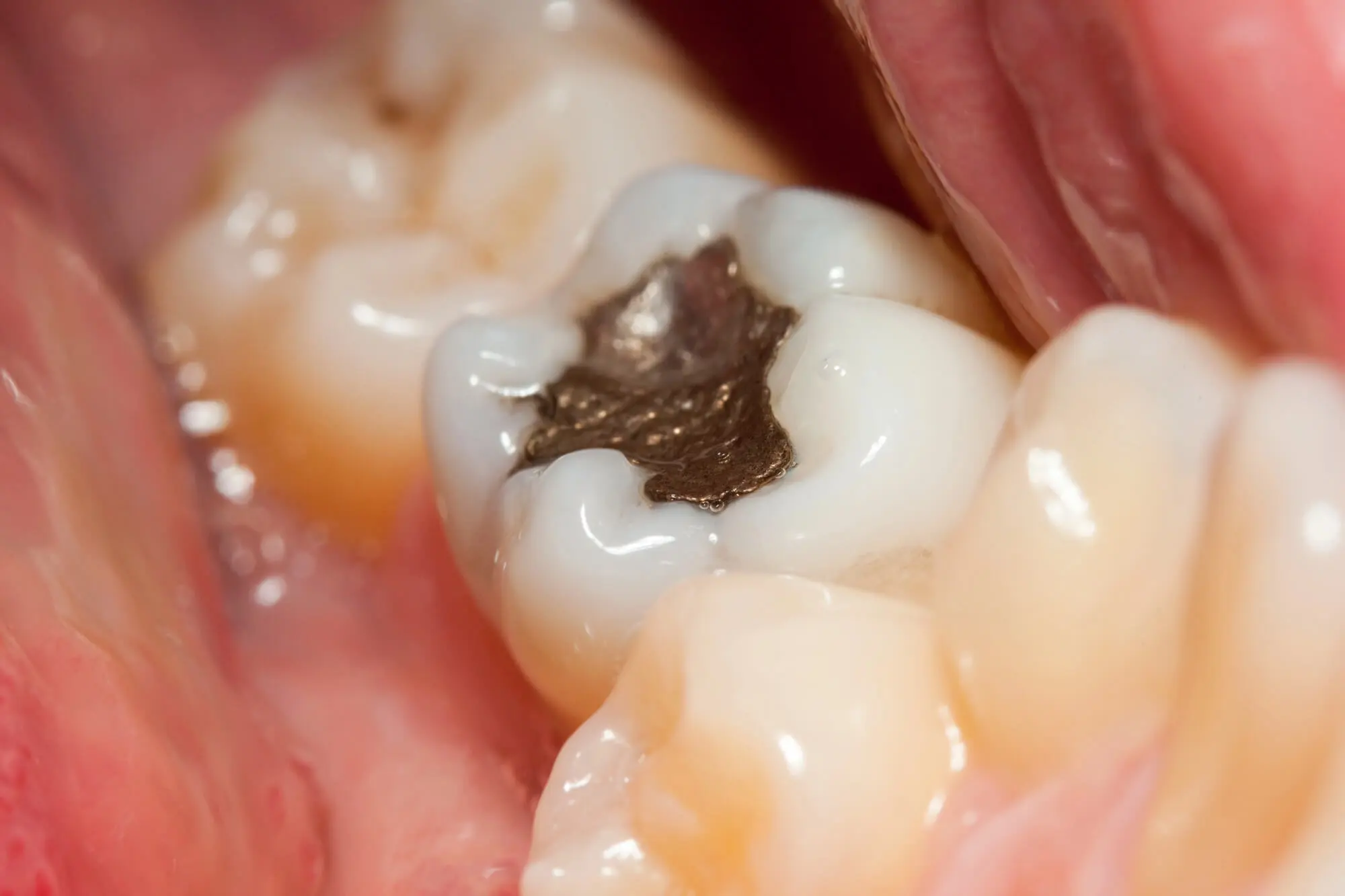Even with the best oral hygiene habits, cavities can occur. From smoking to drinking a bit too much coffee, seemingly innocent practices can harm your enamel and increase the chances of bacterial plaque growth. Once this happens, a single skipped visit to the best dentist in Knoxville, TN, gives bacteria ample time to develop into a cavity.
Luckily, cavities can be easily removed and restored with a dental filling, bringing your tooth back to optimal health. However, how long do filling restorations last?

The Durability of Dental Fillings
A filling’s lifespan can vary depending on many factors: from your care habits to the location of the restoration. However, you can estimate your filling’s lifespan by assessing the material from which it was made:
1. Amalgam Fillings
Amalgam fillings are durable and strong, which is why they’re ideal for back teeth with the highest chewing pressure. With excellent care, they can last 10–15 years, often longer.
However, because metals expand/contract with temperature changes, amalgam fillings can cause cracks over time.
2. Composite Fillings
Also known as tooth-colored fillings, composite is a reliable option that blends well with natural teeth. Unfortunately, it’s less durable than amalgam, lasting between 5 and 10 years. They may wear down faster or discolor with frequent exposure to coffee, tea, or colored foods.
3. Gold Fillings
Gold fillings are the gold standard in fillings—pun intended. They’re extremely strong, wear-resistant, and biocompatible. With proper care, they can last 15–30 years.
Sadly, they can be expensive and are not tooth-colored, so they’re very noticeable.
4. Ceramic Fillings
Ceramic is an aesthetic option that lasts longer than composite. With proper care, it has a lifespan of 10–15 years. It’s also aesthetic, stain-resistant, and suitable for larger restorations.
5. Glass Ionomer Fillings
These fillings are a newer option. After application, they continue to release fluoride, which helps prevent further decay. For that reason, they’re useful for children's teeth or non-chewing surfaces.
However, they’re weaker and more prone to wear and fracture than other materials, lasting 3–7 years.
What If a Filling Is No Longer an Option?
Sometimes, after a filling has cracked or fallen, a dentist can’t simply apply a new one to replace it. If underlying decay needs to be removed or your tooth’s structure has been compromised, a simple filling may not be enough to restore it.
Instead, we recommend applying a dental crown.
Crowns are cap-like restorations that cover your tooth, giving it extra protection to withstand your bite’s chewing forces. Moreover, crowns are very durable, lasting more than 20 years with the right care.

Protect Your Fillings with the Best Dentist in Knoxville, TN
Dental fillings don’t last forever, but that doesn’t mean you can’t try to make them last longer. With good care habits, you can extend your restoration's life to the furthest possible. This involves brushing your teeth after every meal, flossing daily (but without being too harsh!), and visiting the dentist at Brian Rich DMD twice a year.
Regular visits allow us to assess the state of your filling and identify any issues early on. If you’re due for a checkup, contact us today to schedule an appointment!











